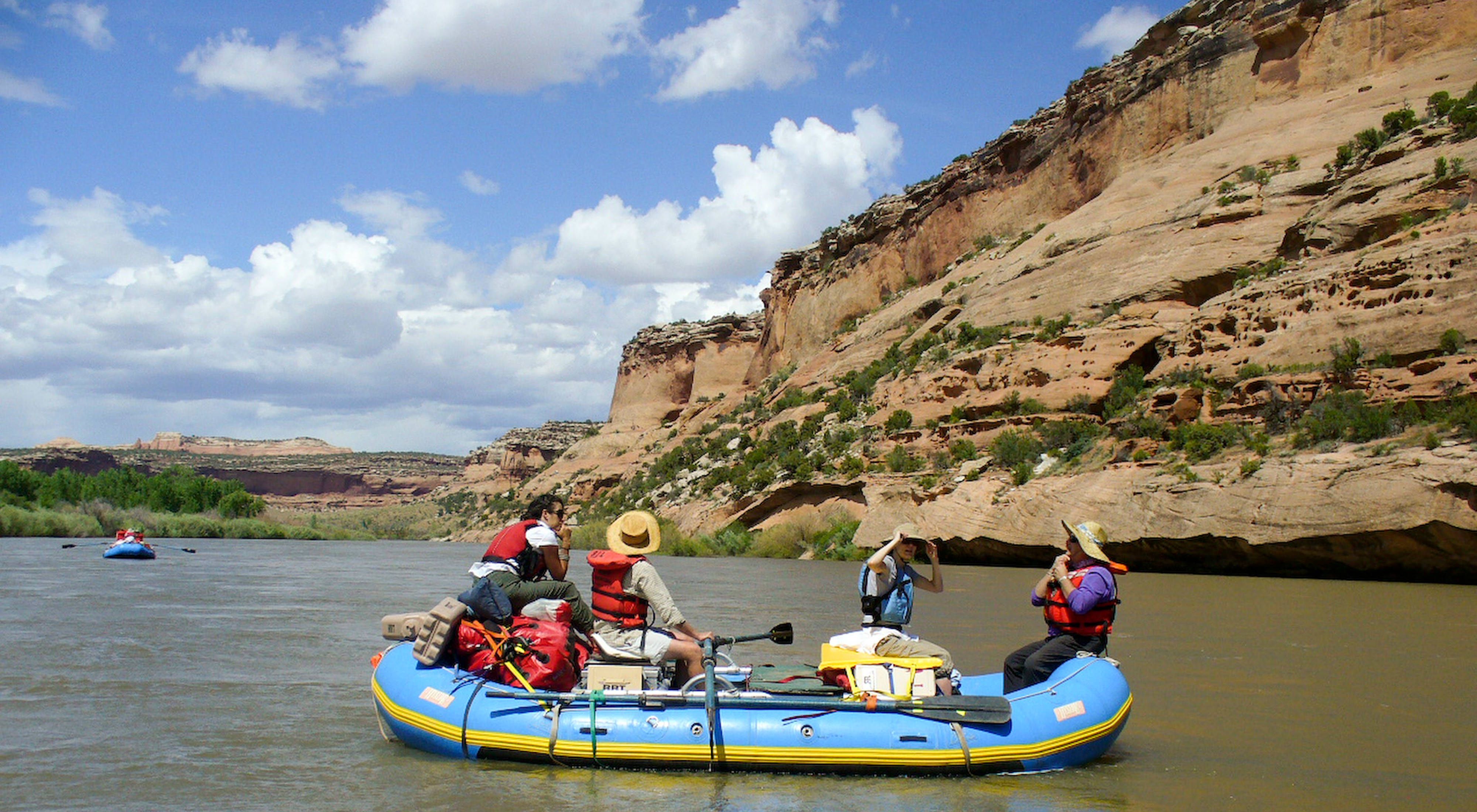Economic Impact of the Colorado River
Study shows that the Colorado River is critical to the region's economy.
A new study commissioned by Protect the Flows and published by Arizona State University quantifies the economic importance of the Colorado River for the first time. And while it may not be a surprise that the Colorado is a vital resource, the magnitude of its importance and the devastating impacts if the river water were to dry up are staggering.
WHAT ECONOMISTS LEARNED
Timothy James, the Arizona State economics professor who led the study, summed up its findings very simply: “The Colorado River is the lifeblood of the entire region.”
According to research by economists:
- The Colorado River supports $1.4 trillion in annual economic activity and 16 million jobs in California, Arizona, Nevada, Utah, Colorado, New Mexico and Wyoming
- That’s equivalent to about 1/12 of the total U.S. domestic product, meaning the Colorado River’s contribution is important to the national economy as well
- For each of these western states, the river accounts for at least half of its gross economic product. The total is much higher for some state economies, including 65% in New Mexico and 87% in Nevada.
- If just 10% of the river’s water were unavailable for people, we would see a loss of $143 billion in economic activity and 1.6 million jobs in just one year.
- The resulting economic hit would be delivered across the board, with the largest effects in real estate, healthcare and social services, retail, technical services and finance.
Quote: Taylor Hawes
We’ve known for a long time that the river is important for nature and people. This study just underscores the urgency and importance of our work.
THE BOTTOM LINE
The Conservancy is working to find solutions to the many challenges the river faces. Demand for the river’s water already exceeds supply. The Colorado River basin is facing its 15th year of persistent drought, which has strained other water sources around the basin, potentially making it harder for communities to find the water they need.
And that’s not all. Projected growth in the coming decades, along with the effects of climate change, will likely widen the gap between what the river is expected to provide and what it has to give.
HOPE FOR TOMORROW, TODAY
The Nature Conservancy’s Colorado River program is an unprecedented effort to find innovative ways to save this iconic river. We’re combining on-the-ground work in local communities with policy initiatives to develop collaborative, science-based solutions. Our hope is that we can help balance the needs of nature and people and help the Colorado River provide for both.
We’re already seeing the success of our efforts along the Colorado. In the spring of 2014, the water of the Colorado River made its way across the dry expanse of its delta—a journey it hadn’t made in decades. The event was the result of a “pulse flow,” a release of water designed to mimic spring runoff, that was part of an historic agreement we facilitated between the U.S. and Mexico to help restore flows to the Gulf of California. Scientists are reporting that they are already seeing signs of recovery in areas where the water flowed.
